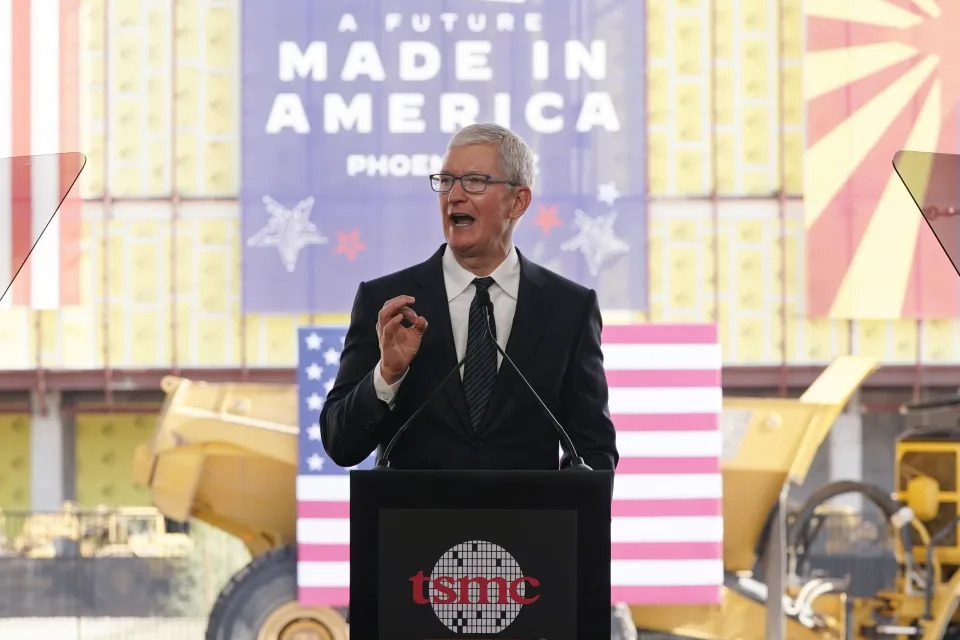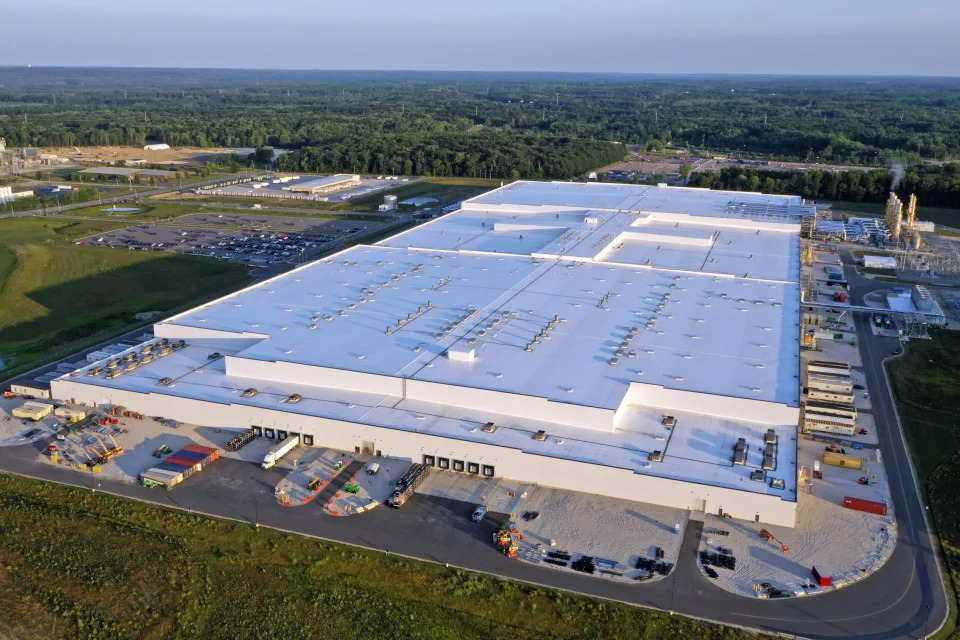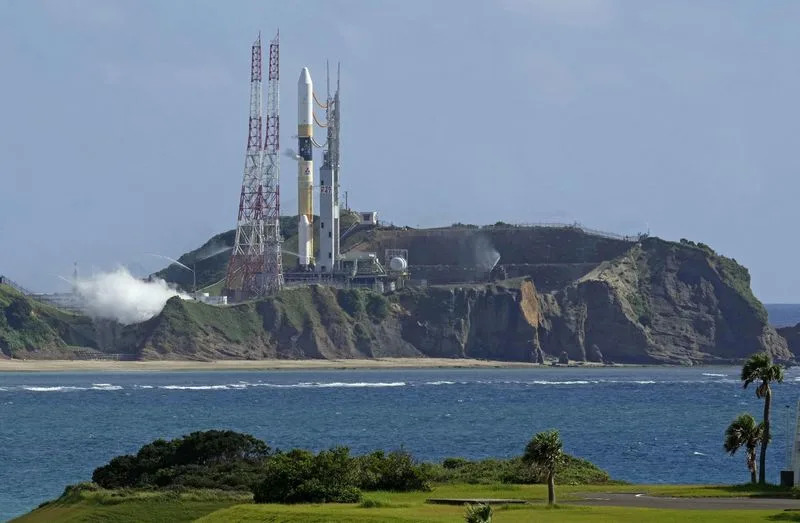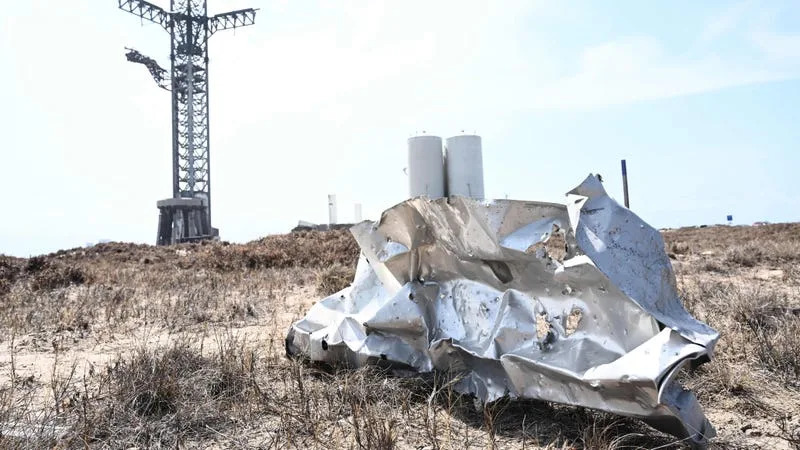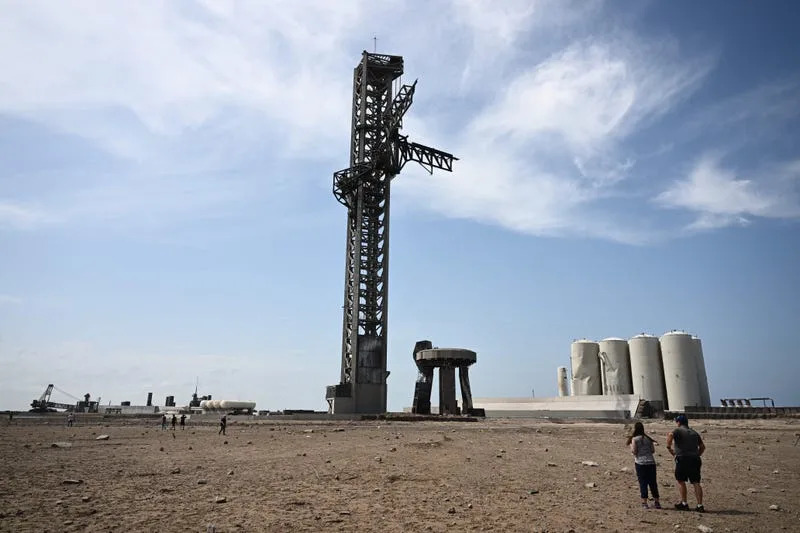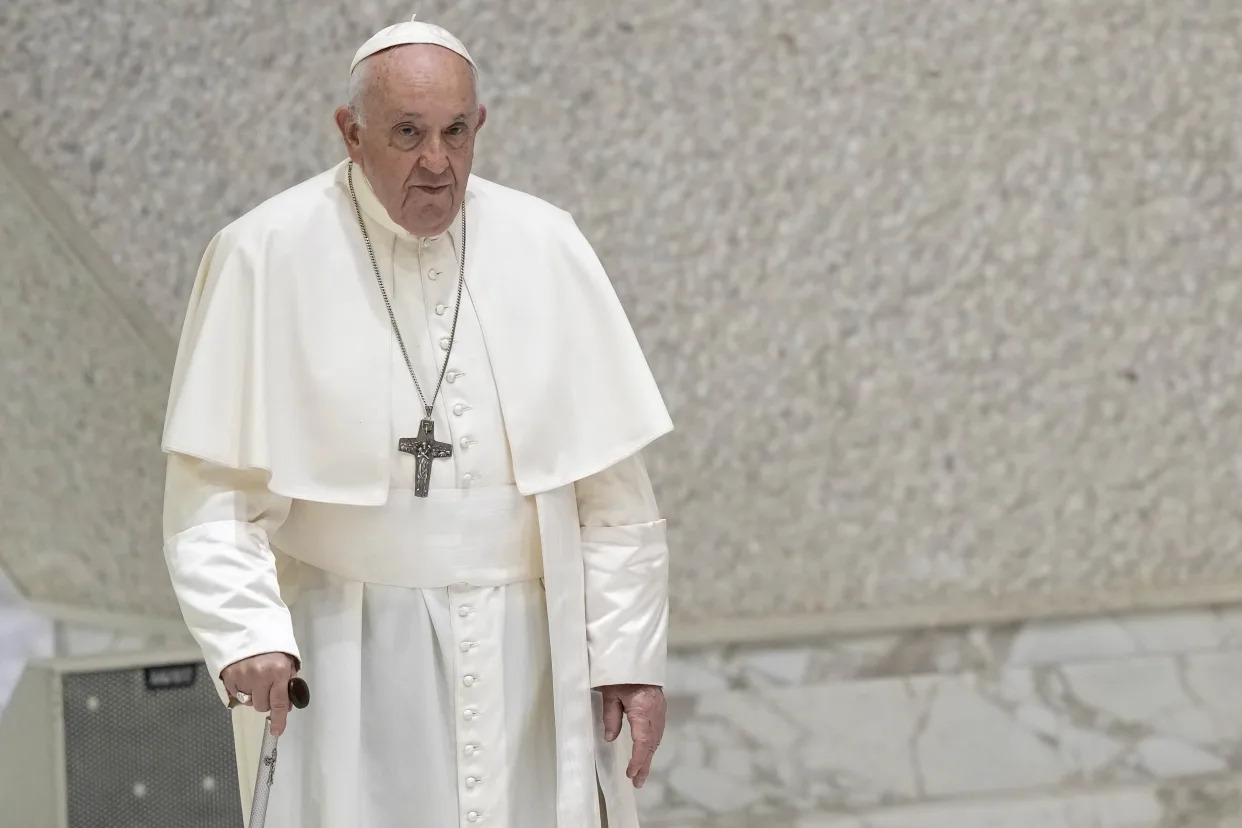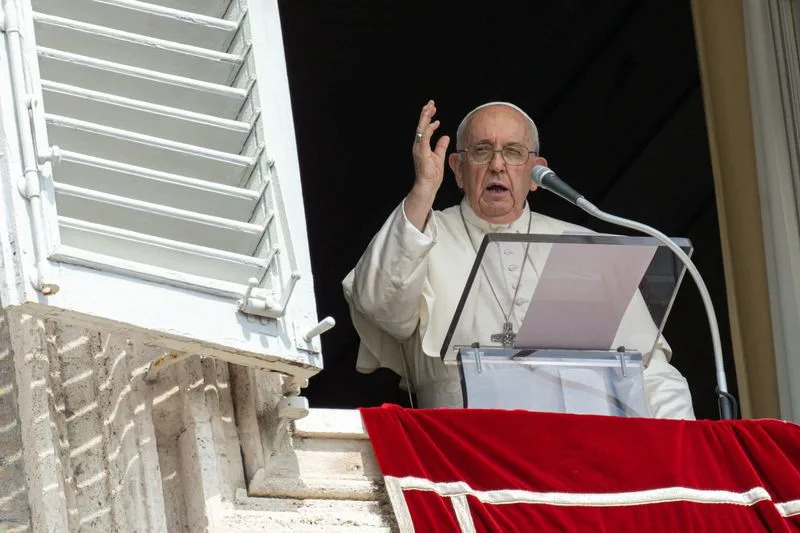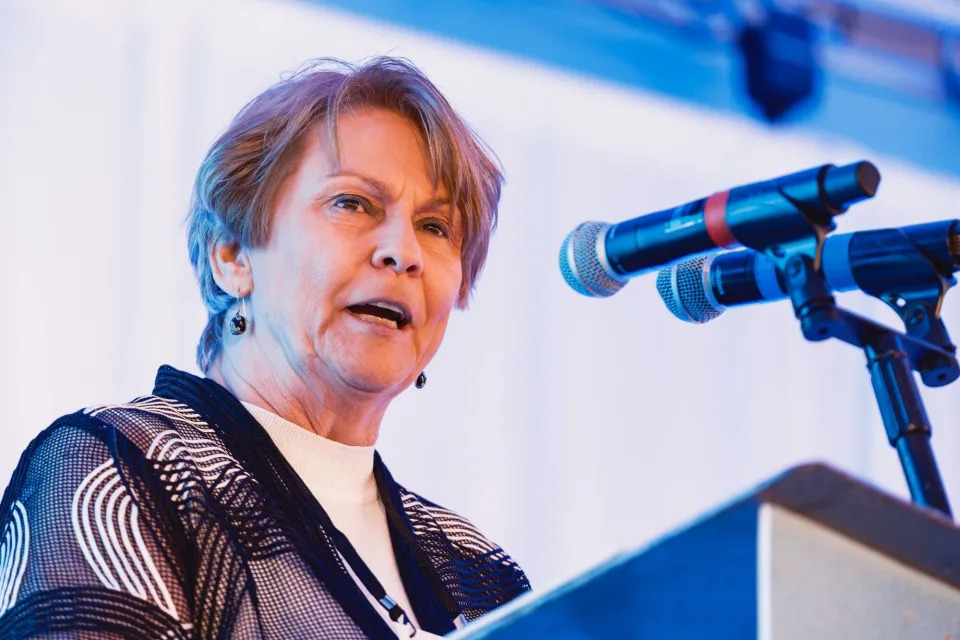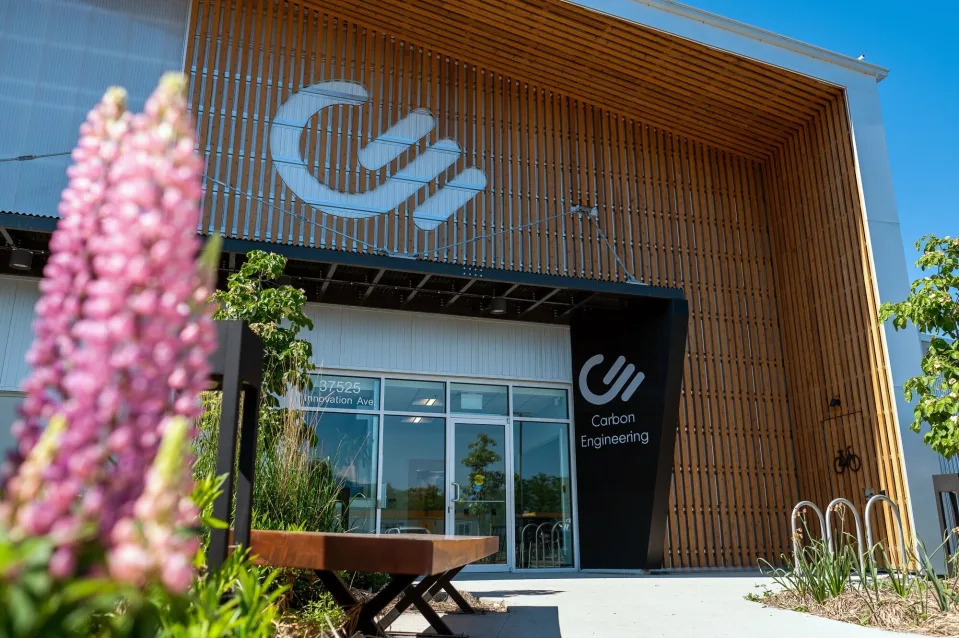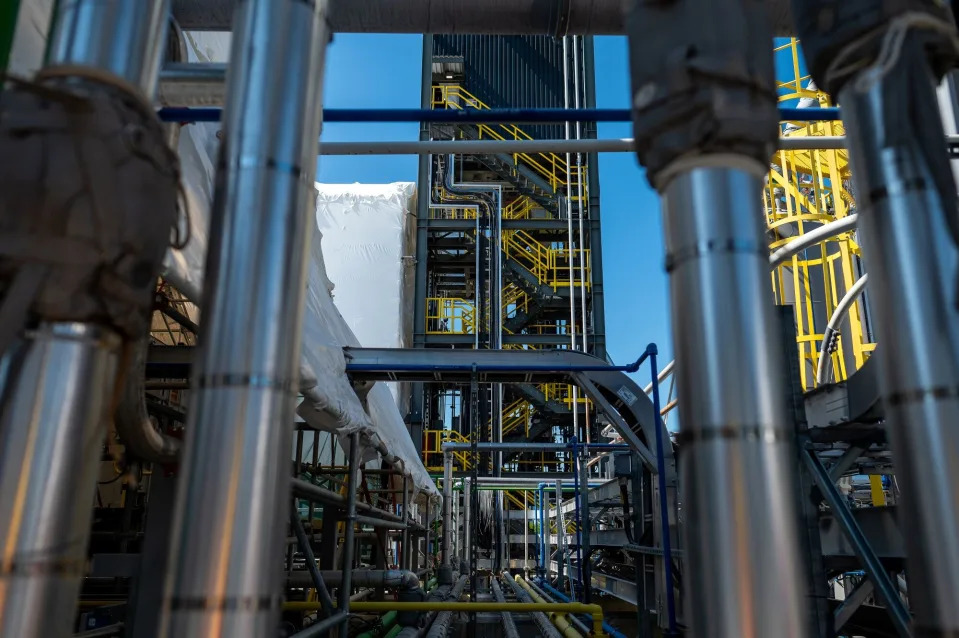Michael Sainato
Mon, August 28, 2023
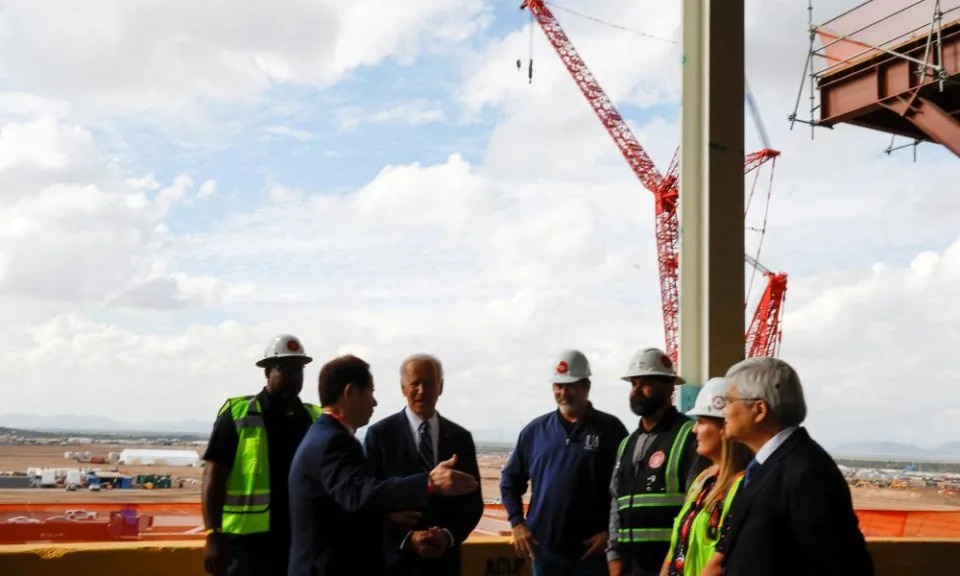
Photograph: Jonathan Ernst/Reuters
Posed in front of an American flag and a large banner reading “A Future Made in America Phoenix, AZ,” Joe Biden told a crowd of assembled workers, supporters and media last December: “American manufacturing is back, folks.”
Eight months on, the Phoenix microchip plant – the centerpiece of Biden’s $52.7bn US hi-tech manufacturing agenda – is struggling to get online.
Related: Why is the US about to give away $52bn to corporations like Intel? | Robert Reich
The plant’s owner Taiwan Semiconductor Manufacturing Company (TSMC), the largest chip maker in the world, has pushed back plans to start manufacturing to 2025, blaming a lack of skilled labor. It is trying to fast-track visas for 500 Taiwanese workers. Unions, meanwhile, are accusing TSMC of inventing the skills shortage as an excuse to hire cheaper, foreign labor. Others point to safety issues at the plant.
The success of the plant – in a crucial swing state – is likely to get even more scrutiny as Biden prepares for the 2024 election cycle and US tensions with China over technology, and Taiwan, escalate.
Biden signed the Chips and Science Act, which includes $52.7bn in loans, grants and other incentives, and billions more in tax credits for manufacturers to produce the chips in the US, in August 2022.
The Arizona project is the flagship in the president’s efforts to tout the law’s effects and TSMC’s promised $40bn investment in US chip production plant is one of the largest foreign investments in US history and the largest ever in Arizona.
The stakes could not be higher. Semiconductor chips are the essential components of computers, smartphones and other electronic devices, and the coronavirus pandemic exposed how vulnerable the US had become to imported chips. About 12% of semiconductor chips are made in the US, down from 37% in 1990. Boosting US production will add thousands of jobs as well as securing US supplies at a time of worsening relations with China, whose rapidly growing industry accounts for about 9% of global semiconductor sales.
The Phoenix semiconductor manufacturing facility, or “fab”, is a huge undertaking, encompassing a 1,000-acre area north of Phoenix, set to include two fab facilities. Construction is expected to generate 21,000 construction jobs, with the workforce at the facilities estimated at about 4,500, and thousands of additional jobs at suppliers in the area.
But the construction of the plant has been hampered by accidents and misunderstandings, according to insiders who spoke to the Guardian.
A former supervisor at the site explained all contractors at the site operate under the management of two companies affiliated with TSMC, United Integrated Services (UIS) and Marketech International Corp, and blamed delays on disorganization from management and a lack of knowledge by bosses from Taiwan on adhering to safety codes and regulations in the US.
If you disagreed, they threatened “to take work from you and give it to somebody else”, they said. They requested to remain anonymous for fear of retaliation from their general contractor employer. “Then the non-union contractors couldn’t get enough guys out there who were skilled enough.”
They said when they started working at the site, all workers went through a safety training program, but out in the field, they never saw the people who ran that program or safety protocols enforced.
“There were multiple general contractors all in the same little areas, all of them saying different things. Nobody ever coordinated anything; everybody was always in each other’s way, people were storing material everywhere, and it was constantly holding up little projects,” they said.

The TSMC founder, Morris Chang, left, shakes hands with the Nvidia president and, CEO Jensen Huang, right, at the TSMC facility under construction in Phoenix.
They explained the main contractors would give them a priority task to complete, but that it would change daily, or they would completely change their mind, making it impossible to complete tasks and add to delays.
“When you have to put stuff up, tear it down, put it up, tear it down, literally five or six times, that’s going to cost five or six times the original quote, probably more because you have to get demolitions involved,” the worker said. “This was constantly the whole process. Everything was rushed. They weren’t giving us actual blueprints, just engineer drawings. It felt like a design-as-we-go type of deal. The information we were getting was really strange, never complete, and always changing. We would get updates constantly and these were big updates to the point where we would have to start pulling things down.”
The worker also criticized frequent evacuations of the job site that occurred mostly due to false alarms and other communication issues that delayed work. They described long traffic lines and wait times to travel in and out of the job site that worsened whenever it rained because of the mud and said the constant turnover of contractors for different job tasks made it even more hectic.
They also noted that portable toilets were too few and were never properly cleaned or stocked with toilet paper and soap, probably resulting in workers getting sick. The worker said instead of calling 911 for safety emergencies, workers were directed to call an internal safety hotline, but that those medical services always took a long time to respond.
“I’ve never been on a job site like this. A job site this big with this many people, you have to be super safe, everything kind of has to slow down because you’re always in somebody’s way, so you have to have a perfect plan if you want to pull this off,” they concluded. “I think they need to get those Taiwan contractors out of there because they are not used to building in America at all. They’re hiring us as professionals to give them a quality installation and advice and direction on how to install things, but they would not listen to us at all.”
Workers and local unions have disputed TSMC’s characterization of the workforce and reasons for the delays. The Arizona Pipe Trades 469 is currently petitioning against TSMC’s application for 500 visas for workers from Taiwan to build the facilities.
A TSMC spokesperson characterized these new visa applications as part of a new phase of construction in the project to install process equipment.
“To ensure this critical phase of tool installation goes smoothly and successfully, it is a very common practice in the semiconductor industry to have a very limited number of experienced specialists from different overseas locations onsite to assist with important steps in the process. These experienced individuals have deep familiarity with our supplier equipment and will partner with our strong local workforce during this phase,” said the spokesperson in an email.
In an op-ed, Aaron Butler, president of the Arizona Building and Construction Trades Council, criticized TSMC’s announcement as an attempt to endanger American jobs and disputed claims from TSMC that the US workforce lacks the experience and skills required to complete construction.
“Blaming American workers for problems with this project is as offensive to American workers as it is inaccurate,” Butler wrote. “TSMC is blaming its construction delays on American workers and using that as an excuse to bring in foreign workers who they can pay less.”
In June, the American Prospect reported the site had been dogged by mistakes, injuries, safety issues. TSMC has refused to sign a project labor agreement with local labor unions, leaving the majority of the workforce to non-union contractors, and unions have reported an influx of Taiwanese workers at the job site in lieu of union-backed positions after incentive wages were cut for electricians at the site.
Another former worker at the site in 2022 who requested to remain anonymous for fear of retaliation from their contractor employer, told the Guardian they experienced numerous issues working on the site, from not being paid for hours worked to health issues from chemical exposure on the site.
“The guys were spraying fireproof chemicals on the I-beams. It didn’t matter if you were having lunch, they’d just spray right above you. Everyone out there had the same cough. I’m sure it was because of that. I left the job and my cough cleared up a month later,” the worker said.
TSMC did not respond to specific safety complaints and issues, but a spokesperson said in an email, “TSMC is deeply committed to workplace safety in the operation of all our facilities, along with each of our active construction projects, including TSMC Arizona. We are regularly audited against known safety standards by organizations such as Arizona Department of Safety and Health (ADOSH). TSMC also conducts its own internal audits of safety records against state and national figures.
“In Arizona, our recordable safety incident rate is nearly 80% lower than nationally reported figures, and our lost-time incident rate is almost 96% lower.”
TSMC’s only other US fab, located in Camas, Washington, experienced similar issues in its construction and development. It first opened in 1998, but plans to build additional factories at the Wafertech site never panned out.
In a 2022 interview, TSMC’s founder, Morris Chang, said the facility struggled to find enough staff and that costs exceeded expectations and told the then House speaker, Nancy Pelosi, during a visit to Taiwan the same year that US efforts to rebuild chip manufacturing domestically were “doomed to fail”. In 2013, the IBEW union attempted to organize electricians at the site but were met with staunch anti-union resistance from the company.
A former Wafertech employee who requested to remain anonymous due to signing a non-disclosure agreement told the Guardian that Wafertech told American employees during an all-staff meeting that they were all lazy. (In July 2023, a popular Taiwanese YouTube channel accused the Arizona workers on the TSMC site of being lazy.)
“We were in shock and angry. The man that told us we were lazy during the all-employee meeting was the president of Wafertech at the time, Steve Tso,” they said. “Anyone in the hi-tech world understands how tightly these processes are run. Nothing is done without a procedure in place. To say that there are no Americans to do this part of the job is nonsense.”
A local representative for Wafertech did not comment directly on the remarks from Chang or the former employee but said in an email that WaferTech had been a successful member in the TSMC family over the past 20 years. “Internal employee meeting communications are confidential, but my recollection from those early days is that all of us were asked to give 100% effort to help Wafertech succeed.”
One of the former TSMC workers concluded that workers were being buffeted by the political drama between the US and China. TSMC is economically vital to Taiwan, which has faced increasing diplomatic and military pressure from China as the company is expanding its global production with historic investments in the US.
“A lot of us feel TSMC is only dealing with the union and trying a little bit at all because they want that Chips Act money, they’re chasing it,” they added. “The US is just worried about getting their microchips because of all the drama with China and we’re kind of dragged into it.”






